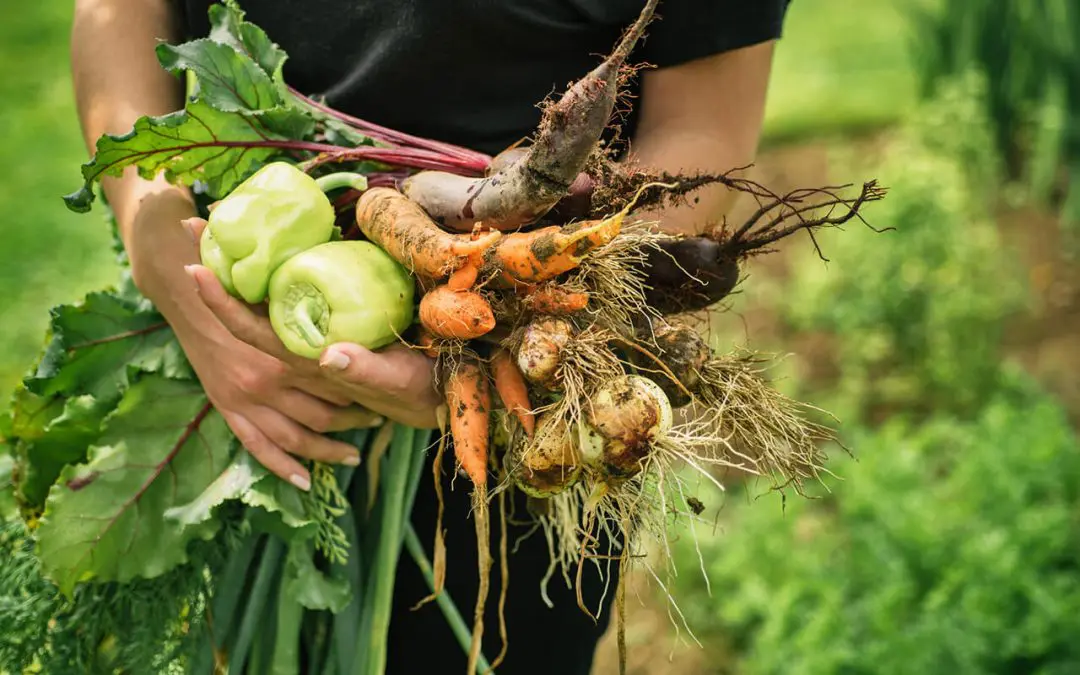Harvest Summer Crops Now
Growing a fall garden begins with properly managing spring and summer plantings. Since most of us have limited space, it’s important to harvest summer crops in a timely fashion. If you have had potatoes, onions, carrots, beets, and cruciferous veggies like cauliflower growing, they should be gathered by midsummer. Any stray spring salad greens should also be removed. Choose your fall crops based on an inventory of what you harvest. This will provide adequate space for growing a fall garden.
Get an Early Start
Don’t follow the misconception that growing a fall garden means planting crops in the middle of fall. If you wait until then, your final crop of veggies will just be emerging when the cooler, shorter days will slow growth to a snail’s pace. If you live in an area with a longer growing season, you may get by with planting fast-growing crops like lettuce and radishes later in fall.
Determine the Time Needed for Growing a Fall Garden
All your garden plants have predictable life spans so you can determine the approximate time they will grow to harvest size. Plant fall crops so they have time to mature before the first heavy frost. Determine that date for your area. Become familiar with the term “days to maturity.” You’ll find this information on the seed packet or plant tag. The days may vary due to environmental conditions, but they will be fairly accurate. Keep in mind they may need a little extra time since shorter days will slow growth. Add a week or two to the days to maturity listed for each plant.
Adjust Watering Techniques
It only takes a short dry spell to take its toll on slow-growing crops like beets and carrots. Consider installing a soaker hose before planting. Turn the hose on and study the watering pattern. Use stakes to help keep the hose where you want it. During fall the hot sun won’t dry out the soil as much as summer, but you still need to make sure your plants are getting enough moisture.
Leave Fall Crops in the Garden Longer
Once your vegetables mature, they can be kept in the garden longer than summer crops. This is because the cooler weather acts a sort of refrigerator. In fact, broccoli, cabbage, kale, and similar crops will keep in the garden for weeks after maturity. Even fast-growing crops like spinach, lettuce, and most herbs will keep for longer when planted for fall harvest. If you cover your plants when it frosts, you can extend the amount of time the crops will produce.
Outlook Home Inspections serves the Greater Charlotte area and Upstate South Carolina with home inspection services. Contact us to schedule your inspection appointment.

